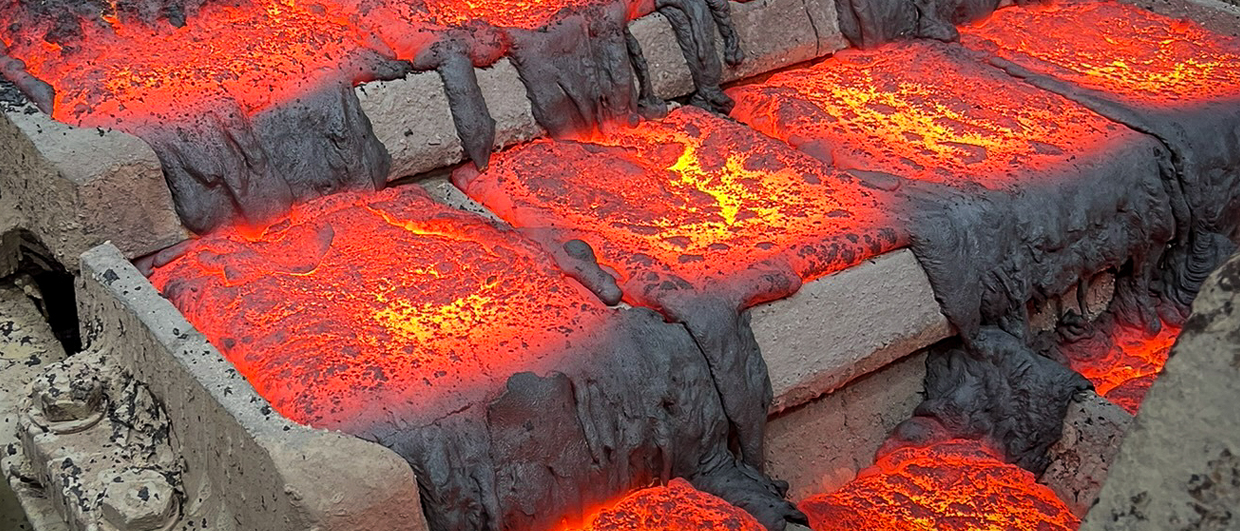The previously announced business combination between Deep Green Metals and Sustainable Opportunities Acquisition Corporation (SOAC) to create TMC Inc. is now fulfilled.
Figure caption: Manganese nodules are formed as accretions at 4500 meter in the deep Pacific Ocean. They grow very slowly, about 1 cm per every million year, meaning that the potato-sized nodule shown here is 10 million years old. The habitat formed by manganese nodules is home to specific sessile and mobile fauna. Photo: ROV-Team, GEOMAR
The combined company will operate as The Metals Company and its common shares and warrants begin trading on the Nasdaq Global Select Market today, the 10th of September.
According to Gerard Barron, Chairman and CEO of The Metals Company, the merger is motivated by the transition to clean energy that simply cannot happen without urgent, large-scale investment in the upstream production of critical metals.
“We believe we have a solution that is more scalable, secure, lower cost and lower impact than mining these minerals on land,” says Barron. The business idea is thus to produce battery metals from high-grade polymetallic nodules found on the seafloor in the international waters of the Clarion-Clipperton Zone in the Pacific Ocean.
Polymetallic nodules, also called manganese nodules, contain four essential battery metals: cobalt, nickel, copper, and manganese, in a single ore. Formed over millions of years by absorbing metals from seawater, these nodules lie unattached to the abyssal seafloor and are almost entirely composed of usable materials. Unlike land ores, they don’t contain toxic levels of heavy elements, and producing metals from nodules generates 99% less solid waste, with no toxic tailings. Source: metals.co

Illustration: The Metals Company
Tight time schedule
“The bedrock of TMC’s competitive advantage is its estimated resource—namely the size and quality of the resource secured and explored by The Metals Company over the last decade. Combine this resource advantage with the company’s commitment to responsible operations — including comprehensive lifecycle and environmental impact assessments, responsible nodule collection system design, zero solid-waste nodule processing technology and a mission-driven, agile management team — and we believe you have a company that is well-positioned to emerge as a critical metals player in the EV supply chain,” says Scott Leonard, former CEO and Director of SOAC and now a Director of TMC.
Having secured $137.5 million, the transaction with SOAC should provide necessary funding to move the project through the prefeasibility phase. The company now expects to be able to complete pilot nodule collection trials in 2022, complete an environmental impact study by 2023, and lodge an application to move from exploration phase to exploitation phase in the third quarter of 2023.
About The Metals Company
TMC The Metals Company Inc. is an explorer of lower impact battery metals from seafloor polymetallic nodules, on a dual mission: (1) supply metals for the clean energy transition with the least possible environmental and social impact and (2) accelerate the transition to a circular metal economy. TMC through its subsidiaries holds exploration and commercial rights to three contract areas which host an estimated 1.6 billion tonnes (wet) of polymetallic nodules containing high grade nickel, copper, cobalt and manganese, in the Clarion Clipperton Zone of the Pacific Ocean regulated by the International Seabed Authority and sponsored by the governments of Nauru, Kiribati and the Kingdom of Tonga. More information is available at www.metals.co.
HALFDAN CARSTENS



